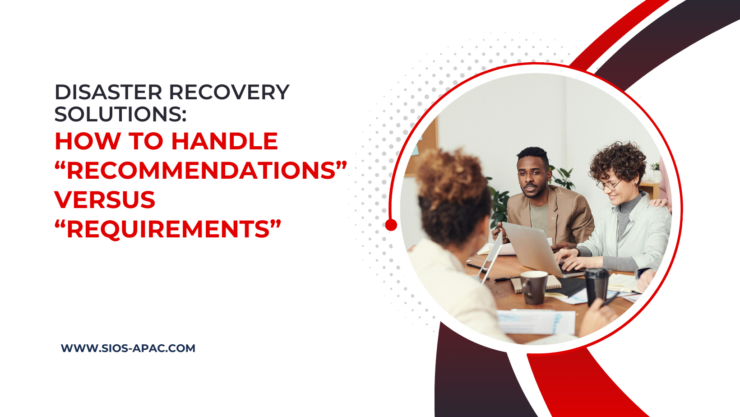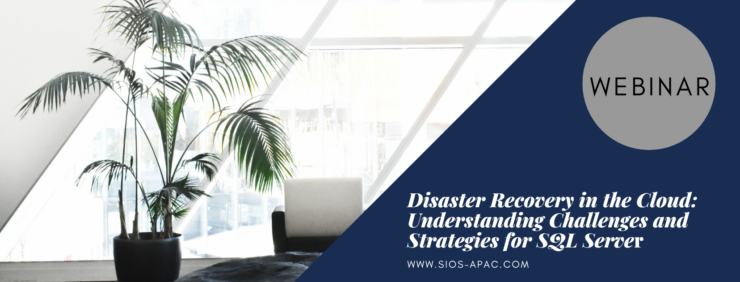 Webinar: Achieving HA/DR Objectives in the Cloud
Webinar: Achieving HA/DR Objectives in the Cloud
Register for the On-Demand Webinar
There still seems to be confusion about cloud SLAs. Cloud availability SLAs cover infrastructure availability, but what about applications like SAP, SQL Server, and Oracle? Do your applications need availability, high availability, or disaster recovery protection in the cloud? This Actual Tech Media MegaCast session covers how to achieve HA/DR objectives for your mission-critical applications in the cloud.
Reproduced with permission from SIOS


